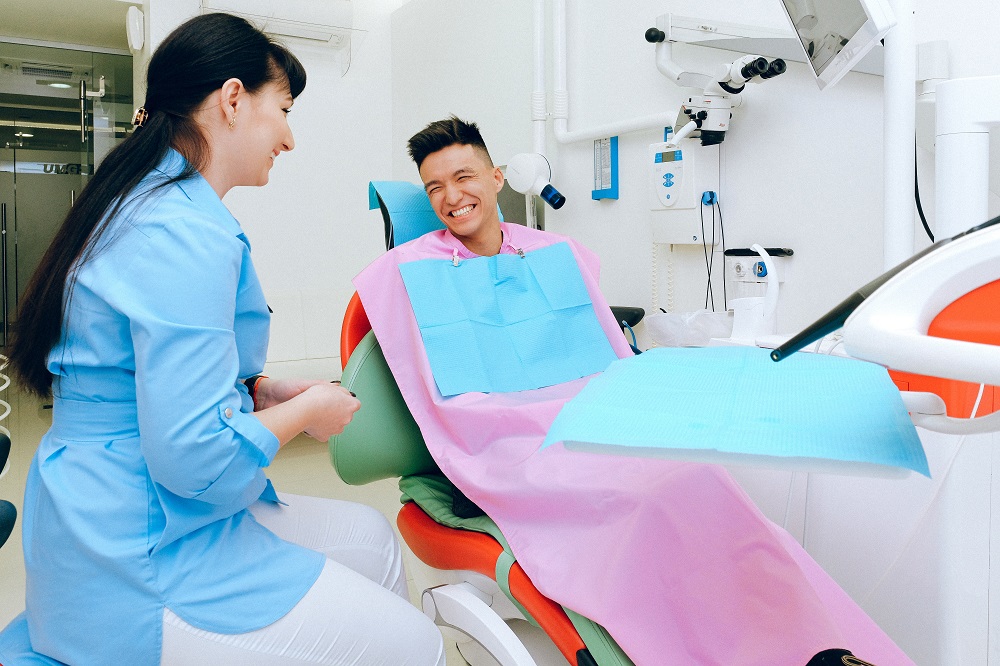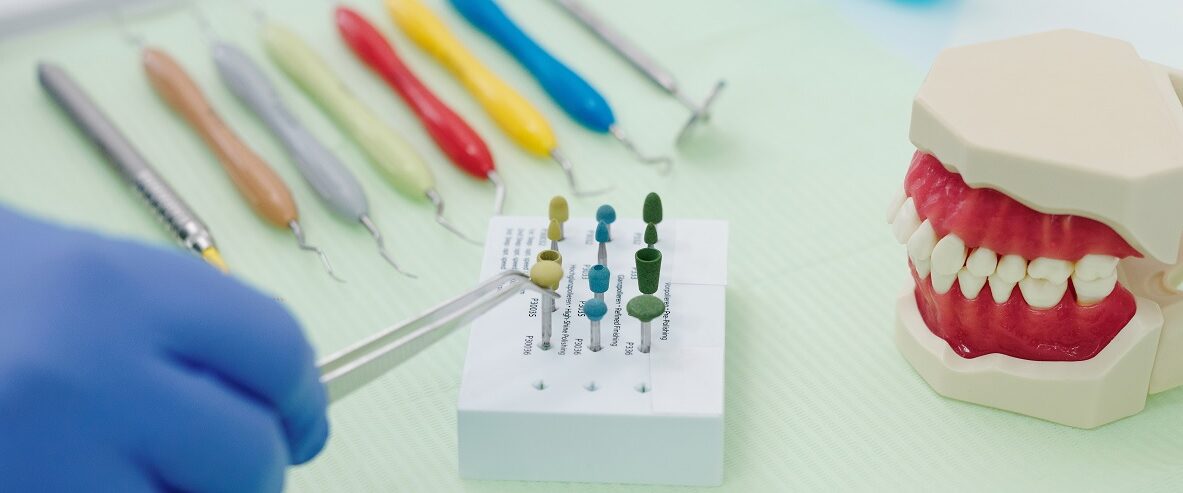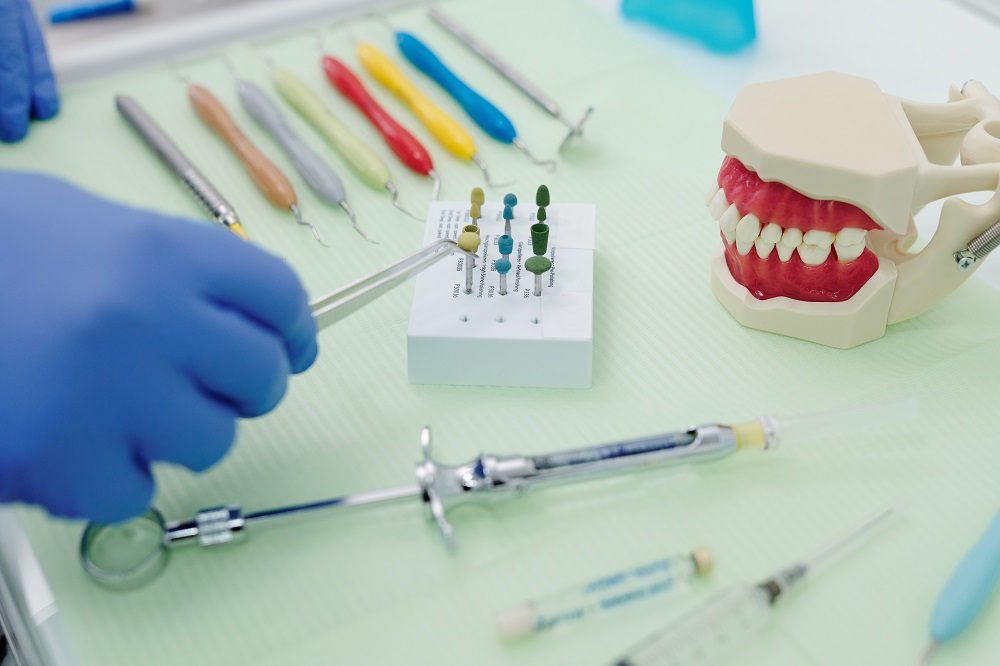
Orthodontists are dental professionals who specialize in the diagnosis, prevention, and treatment of dental and facial irregularities. They are responsible for ensuring that patients have proper alignment of teeth and jaws and that they have a healthy and functional bite. In this article, we will explore the responsibilities of orthodontists in more detail.
Assessing Patient Needs
One of the primary responsibilities of an orthodontist is to assess a patient’s needs and determine the best course of treatment. This involves examining the patient’s teeth, jaws, and facial structure, as well as taking x-rays and other diagnostic tests. Based on this information, the orthodontist can develop a treatment plan that is tailored to the patient’s specific needs.
Providing Treatment
Orthodontists are responsible for providing a wide range of treatments to their patients. This can include:
Braces: Braces are one of the most common treatments provided by orthodontists. They are used to correct issues such as overcrowded or crooked teeth, as well as bite problems such as overbites and underbites.
Invisalign: Invisalign is a clear aligner system that can be used to correct many of the same issues as traditional braces. It is often preferred by patients who want a more discreet treatment option.
Retainers: After braces or Invisalign treatment, patients will often need to wear a retainer to maintain the results of their treatment. Orthodontists are responsible for fitting patients with the appropriate type of retainer and ensuring that it fits properly.
Other Appliances: In addition to braces and Invisalign, orthodontists may also use other appliances such as expanders or headgear to correct more severe bite issues.
Monitoring Progress
Orthodontic treatment can take several months or even years to complete. Throughout this time, orthodontists are responsible for monitoring their patients’ progress and making any necessary adjustments to the treatment plan. This can involve making changes to the patient’s braces or aligners, or adjusting the fit of their retainer.
Educating Patients
Orthodontists are responsible for educating their patients about the importance of good oral hygiene and proper dental care. This includes providing information on how to properly care for braces or aligners, as well as how to maintain good oral health throughout the course of treatment. Orthodontists may also provide guidance on issues such as diet and nutrition, and how they can impact dental health.
Collaborating with Other Healthcare Providers
Orthodontists often work closely with other healthcare providers to ensure that their patients receive the best possible care. This may involve collaborating with dentists, periodontists, and other dental specialists to develop a comprehensive treatment plan for the patient. It may also involve referring patients to other healthcare providers for additional treatment, such as oral surgery.
Staying Up-to-Date on the Latest Techniques and Technologies
Orthodontics is a constantly evolving field, and orthodontists are responsible for staying up-to-date on the latest techniques and technologies. This involves attending continuing education courses, reading research papers and publications, and keeping abreast of the latest trends in the field. By staying current, orthodontists can provide their patients with the most effective and up-to-date treatments available.
Conclusion
Orthodontists play a crucial role in ensuring that patients have healthy and functional teeth and jaws. Their responsibilities include assessing patient needs, providing treatment, monitoring progress, educating patients, collaborating with other healthcare providers, and staying up-to-date on the latest techniques and technologies. By fulfilling these responsibilities, orthodontists can help their patients achieve a straighter, healthier, and more functional smile.

